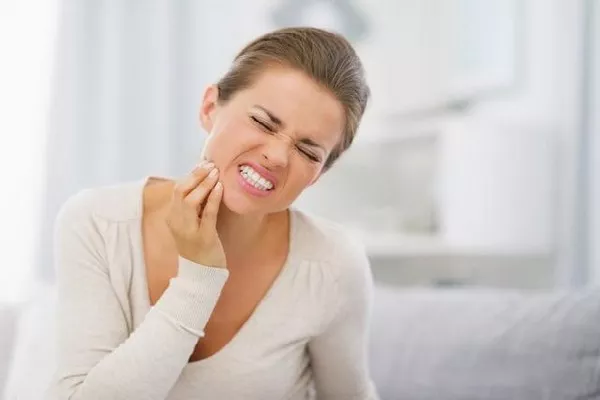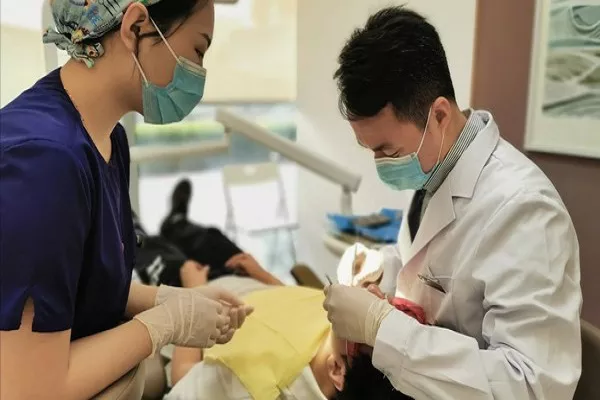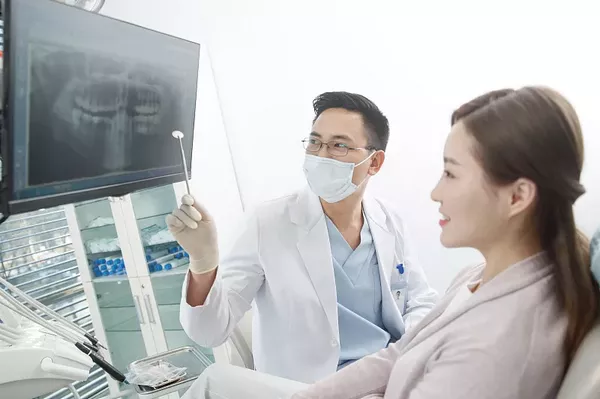White strips are a popular and convenient way to whiten your teeth at home. They are easy to use, affordable, and effective. But do you know how to use them properly? One of the most common questions that people have about white strips is whether they should brush their teeth after using them. The answer is not as simple as you might think. In this article, we will explain the pros and cons of brushing your teeth after white strips, and give you some tips on how to get the best results from your whitening treatment.
Why Brushing Your Teeth After White Strips Might Be a Good Idea
There are some benefits to brushing your teeth after using white strips. Here are some of them:
It can remove any remaining gel from your teeth and gums. White strips contain a whitening agent, usually hydrogen peroxide or carbamide peroxide, that bleaches your teeth. Some of this gel might stay on your teeth and gums after you remove the strips, which can cause irritation, sensitivity, or uneven whitening. Brushing your teeth gently can help you get rid of any excess gel and prevent these problems.
It can prevent staining from food and drinks. After using white strips, your teeth might be more prone to staining from certain foods and drinks, such as coffee, tea, wine, berries, or sauces. This is because the whitening agent opens up the pores of your enamel, making it more susceptible to discoloration. Brushing your teeth can help you remove any stains that might form on your teeth right after whitening, and keep your smile bright and white.
It can freshen your breath and improve your oral hygiene. Brushing your teeth is always a good idea for your oral health. It can remove plaque, bacteria, and food particles that can cause bad breath, cavities, and gum disease. Brushing your teeth after using white strips can also make your mouth feel cleaner and fresher, and enhance your confidence.
Why Brushing Your Teeth After White Strips Might Be a Bad Idea
However, brushing your teeth after using white strips is not always recommended. Here are some reasons why:
It can be abrasive and cause further sensitivity or damage to your enamel. White strips can make your teeth more sensitive, especially if you have thin or worn enamel, or exposed roots or dentin. Brushing your teeth right after using white strips can be too harsh for your teeth, and cause more pain or discomfort. It can also damage your enamel by removing some of the minerals that protect your teeth, and make them weaker and more prone to decay.
It can reduce the effectiveness of the whitening treatment. Brushing your teeth after using white strips can also interfere with the whitening process. The whitening agent needs some time to penetrate your teeth and break down the stains that cause discoloration. Brushing your teeth too soon can wash away some of the whitening agent, and reduce the amount of time that it stays on your teeth. This can make your whitening results less noticeable or lasting.
When and How to Brush Your Teeth After White Strips
So, should you brush your teeth after white strips or not? The answer depends on your personal preference, your teeth sensitivity, and the type of white strips you use. Some white strips are designed to be used before brushing, while others are designed to be used after brushing. You should always follow the instructions that come with your white strips, and consult your dentist if you have any doubts or concerns.
However, as a general rule, here are some tips on when and how to brush your teeth after white strips:
Wait at least 30 minutes after using white strips before brushing your teeth. This will allow your saliva to naturally neutralize any remaining gel and reduce the risk of abrasion. It will also give the whitening agent enough time to work on your teeth and deliver the best results.
Use a soft-bristled toothbrush and a gentle toothpaste. This will help you avoid scratching or irritating your teeth and gums, and protect your enamel from erosion. You can also use a toothpaste that is specially formulated for sensitive teeth, or one that contains fluoride to strengthen your enamel.
Brush your teeth gently and thoroughly. Don’t brush your teeth too hard or too fast, as this can cause more harm than good. Brush your teeth for at least two minutes, covering all the surfaces of your teeth and gums. Don’t forget to floss and rinse your mouth with water or mouthwash to remove any plaque or debris that might be left behind.
Conclusion
Brushing your teeth after white strips is a matter of personal choice, but it has some advantages and disadvantages. Brushing your teeth can help you remove any excess gel, prevent staining, and improve your oral hygiene. However, brushing your teeth can also be abrasive, cause sensitivity, and reduce the effectiveness of the whitening treatment.
Related Links:
Should you rinse out your mouth after using whitening strips?
What teeth whitening method works best?
Why are teeth whitening strips so expensive






























